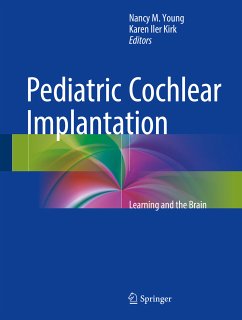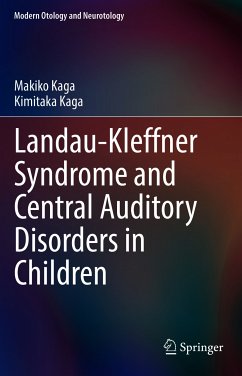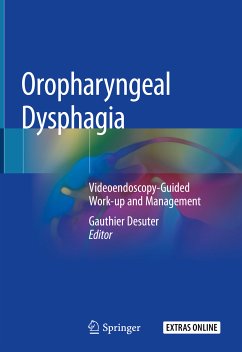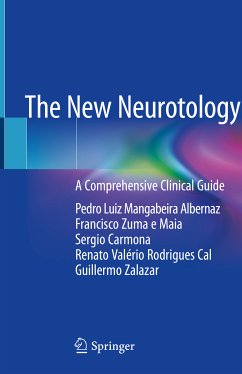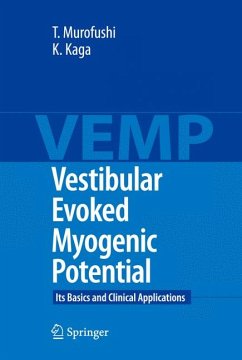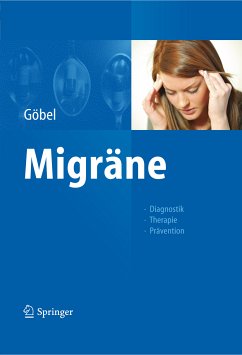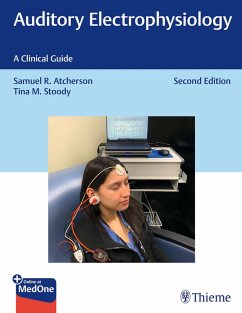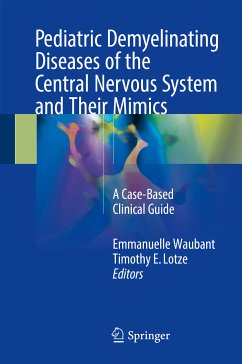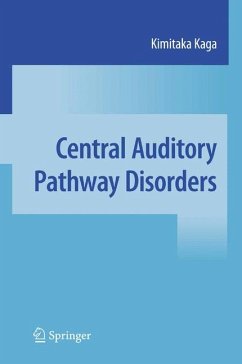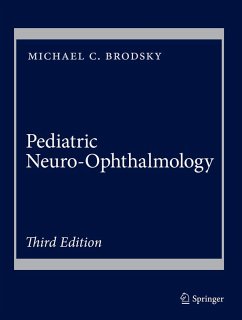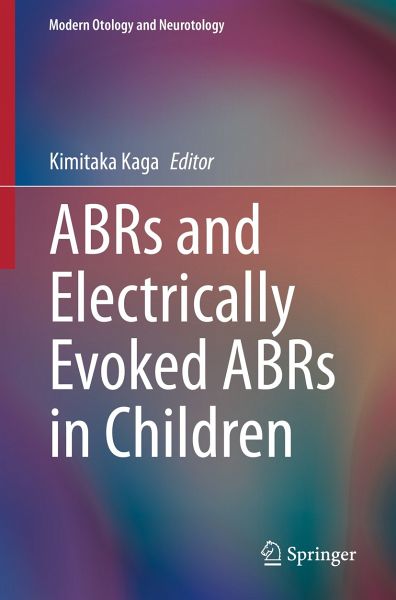
ABRs and Electrically Evoked ABRs in Children (eBook, PDF)
Versandkostenfrei!
Sofort per Download lieferbar
80,95 €
inkl. MwSt.
Weitere Ausgaben:

PAYBACK Punkte
40 °P sammeln!
For more than 40 years, Auditory Brainstem Responses (ABRs) have been used as a diagnostic tool for hearing disorders and brainstem disorders in the pediatric audiology and neurotology and child neurology. While there are many publications in this field, this new volume will review hearing problems and neurological disorders in babies, infants and children, and discuss important new advances such as ABR figure and threshold changes with infant development. The book will also cover auditory neuropathy, its numerous and new sub-classifications. Readers will be thoroughly briefed on all the new p...
For more than 40 years, Auditory Brainstem Responses (ABRs) have been used as a diagnostic tool for hearing disorders and brainstem disorders in the pediatric audiology and neurotology and child neurology. While there are many publications in this field, this new volume will review hearing problems and neurological disorders in babies, infants and children, and discuss important new advances such as ABR figure and threshold changes with infant development.
The book will also cover auditory neuropathy, its numerous and new sub-classifications. Readers will be thoroughly briefed on all the new perspectives in interpreting data. Researchers and clinicians will find the text to be a valuable tool in the correct diagnosis of hearing problems and neurological diseases among babies and infants.
Dieser Download kann aus rechtlichen Gründen nur mit Rechnungsadresse in A, B, BG, CY, CZ, D, DK, EW, E, FIN, F, GR, HR, H, IRL, I, LT, L, LR, M, NL, PL, P, R, S, SLO, SK ausgeliefert werden.
Alle Preise in Euro und inkl. der gesetzl. MwSt. | Innerhalb Deutschlands liefern wir preisgebundene Bücher versandkostenfrei. Weitere Informationen: bitte hier klicken
Support
Bitte wähle dein Anliegen aus:
Rechnungen
Bestellstatus
Retourenschein
Storno



